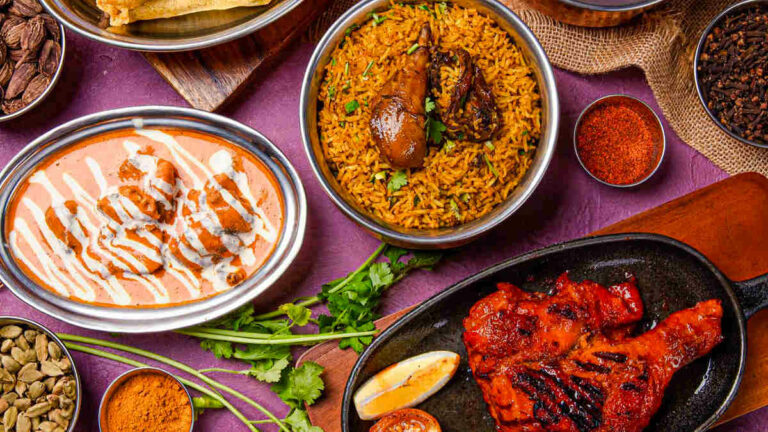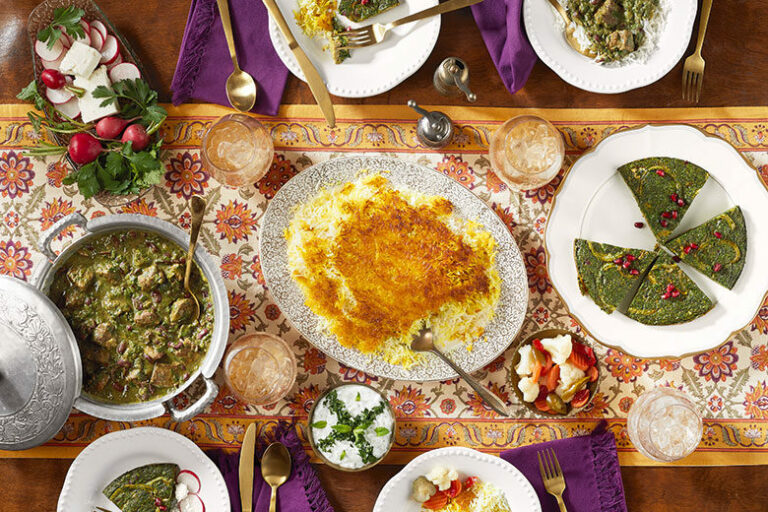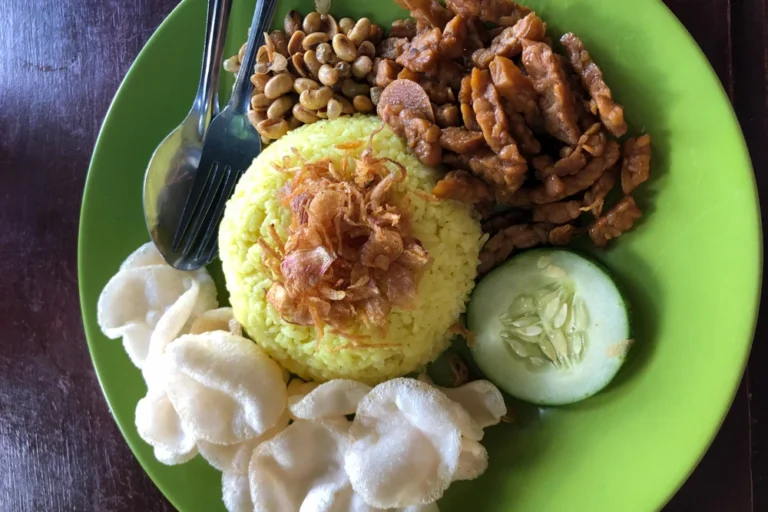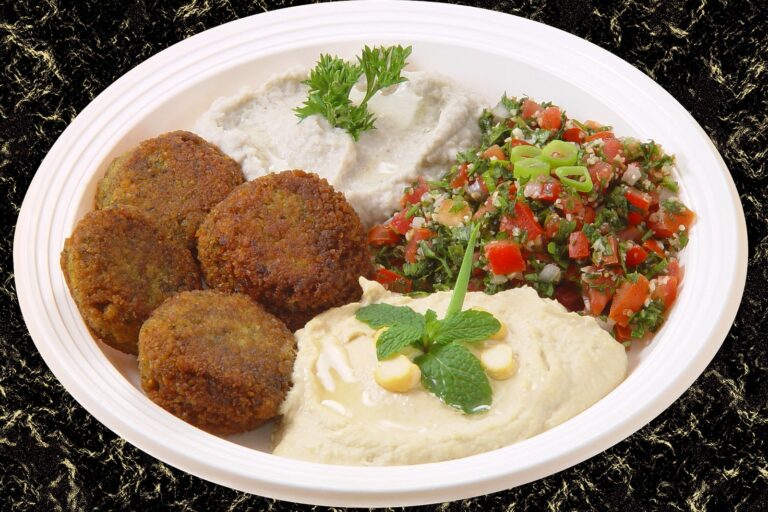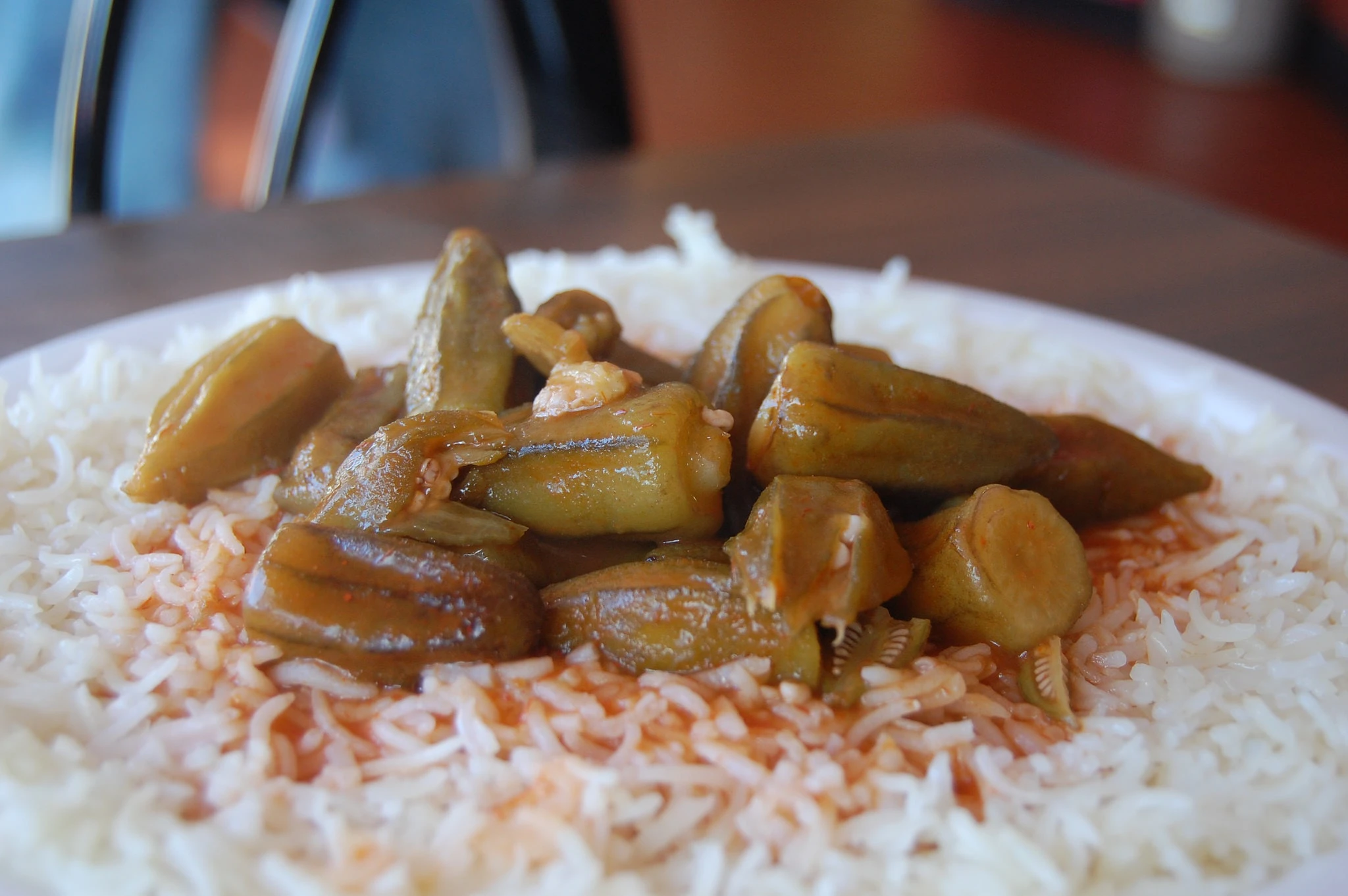Introduction: Regional Variations in Eritrean Cuisine
Eritrea is a multicultural country located in the Horn of Africa, bordering Ethiopia, Sudan, and Djibouti. Eritrean cuisine is diverse, reflecting the country’s cultural richness and history. The cuisine of Eritrea is heavily influenced by the region’s geography and climate, as well as its Italian, Turkish, and Arab colonial past. Despite Eritrea’s small size, there are significant regional variations in its cuisine, reflecting the distinct traditions and cultural practices of its various ethnic groups.
Cuisine of the Tigrinya People
The Tigrinya people are the largest ethnic group in Eritrea, and their cuisine is one of the most popular in the country. Their cuisine features a range of dishes, including injera (a sourdough flatbread), tsebhi (a stew made of meat or vegetables), and shiro (a sauce made of chickpeas or lentils). The Tigrinyan cuisine also has a distinct coffee culture, with traditional coffee ceremonies being an important part of their social customs.
Cuisine of the Tigre People
The Tigre people are another major ethnic group in Eritrea, and their cuisine is heavily influenced by the sea. They are known for their seafood dishes, such as sautéed shrimp and octopus stew. Non-seafood dishes such as ful medames, a fava bean dish, and aseeda, a porridge made from wheat flour, are also popular among the Tigre people.
Cuisine of the Saho People
The Saho people, a semi-nomadic ethnic group, have a cuisine that is often characterized by its simplicity. Their food is primarily based on dairy products such as milk and butter, as well as meat from their livestock. Saho people are also known for their unique bread, made from millet flour.
Cuisine of the Bilen People
The Bilen people are known for their spicy cuisine, which features a variety of stews made with meat or vegetables and flavored with berbere, a blend of chili peppers, garlic, ginger, and other spices. Their cuisine also includes a range of bread, such as injera, and porridges made of grain.
Cuisine of the Rashaida People
The Rashaida people, a nomadic ethnic group, have a cuisine that is based on camel milk and meat. Their dishes include camel milk tea, camel meat stew, and a traditional bread called thareed. The Rashaida people are also known for their hospitality and frequently host meals for visitors.
Cuisine of the Afar People
The Afar people, who live in the Danakil Desert, have a cuisine that is geared towards survival in a harsh environment. Their cuisine is mainly based on dairy products such as camel milk, as well as meat and fish from the Red Sea. Their dishes include grilled meat, fish soup, and a porridge called asida.
Conclusion: Diversity and Uniqueness of Eritrean Cuisine
Eritrean cuisine is incredibly diverse, reflecting the unique cultural practices and traditions of its many ethnic groups. From the spicy stews of the Bilen people to the seafood dishes of the Tigre people, Eritrean cuisine is a testament to the country’s history and cultural richness. While there are some common dishes and ingredients that can be found throughout the country, each region has its own unique flavors and culinary traditions. Eritrean cuisine is truly a reflection of the country’s diversity and uniqueness.




